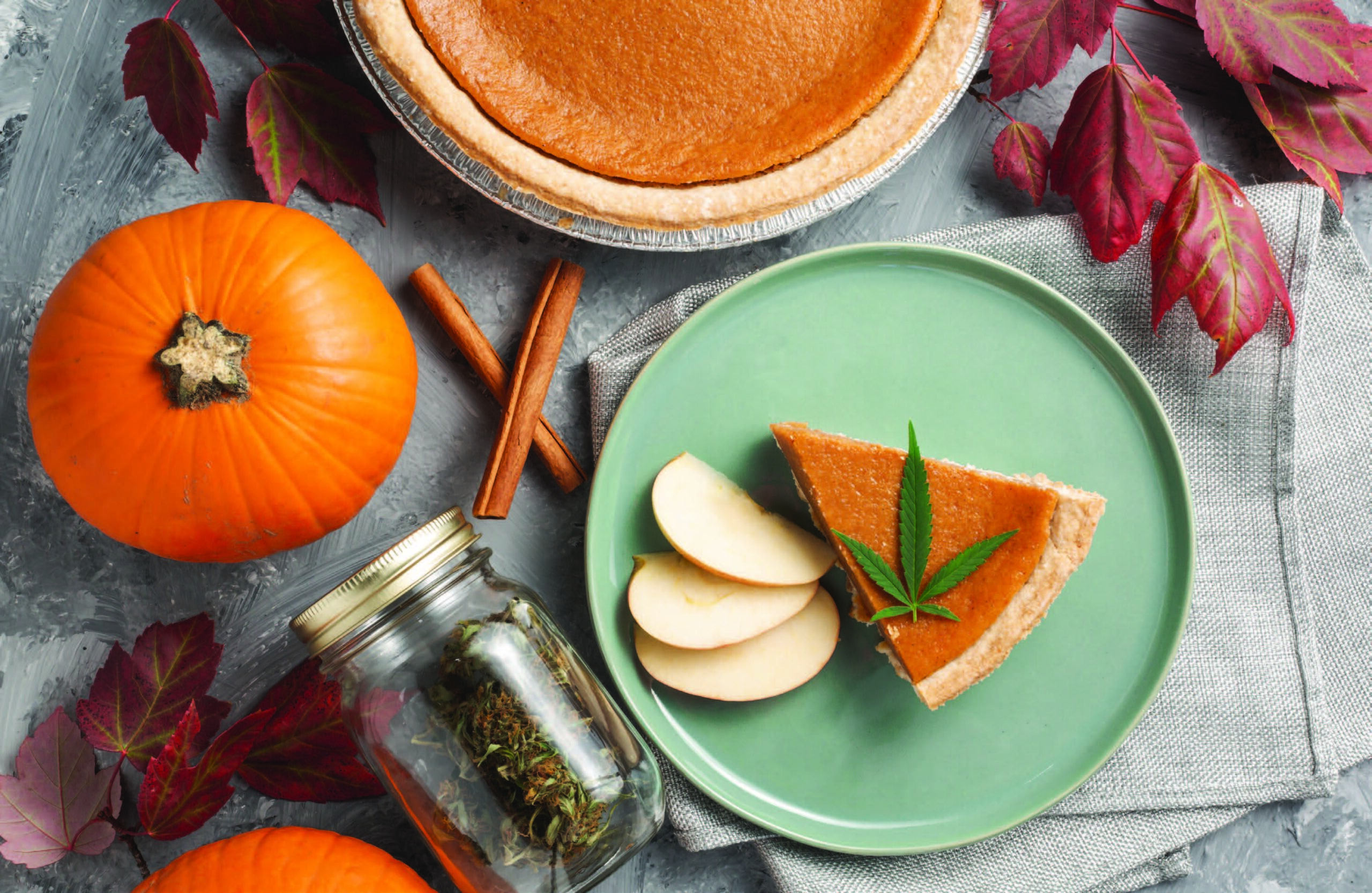When you walk into a mezcal bar in Mexico speaking sub-par Spanish, you probably shouldn’t lead off with, “I know nothing about mezcal, what should I order?” I mean, you can (and I did), but you should almost definitely expect to get swindled doing so. Maybe it’s my charming good looks, or perhaps I just got lucky with good-natured bartenders, because I actually learned everything I know by doing that.
It all started at the grocery store. Our whiskey-and-craft-beer-drinking crew was embracing the “when in Rome” philosophy, committing to drinking Mexican lagers and tequila during our stay. Not that you had to twist our arms too much; Tulum isn’t exactly known for its artisanal beer, and something about white sand beaches and saltwater breezes makes your taste buds scream for the tangy flavor of agave.
If you’ve ever gone tequila shopping in Mexico, you’ll know that most of the brands are unrecognizable. Sure, they have Don Julio and Jose and the likes, but they also have a whole bunch of random bottles you’ve never heard of. We were trying to find a suitable tequila, looking for something that said “100% agave” on it (if it doesn’t, it’s mixto, which means it’s legally tequila but only has to contain 51% agave and the rest is likely sugarcane).
We picked up a few bottles, but none of them were very good. One tasted so deeply of vanilla that I had doubts that the 100% agave claim was even true. And thus, the decision to switch to mezcal was made. Instead of trying our luck at the grocery store, we headed out to the mezcalerias, where we quickly became regulars. Our servers remembered us, welcoming back the crazy gringos whose thirst for Victoria beer and mezcal was impossible to satiate. To be fair, we all high-altitude train, and drinking at sea level is rarely worth the bar tab.
Looking at the bottles, we had nothing but questions: what does it mean for something to be a tobala or sotol? They would explain about the different fruits and regions, and we’d settle on trying whatever sounded the most interesting. In the trendy spots, the tiny glasses arrived seated in etched place-markers on neat wooden boards. The local spots skipped this nicety, simply handing us the glasses as they were prepared, but they all served the drinks with a side of orange slices dusted with chilies or sal de gusano (which literally translates to worm salt, but before you cringe at the thought of consuming insects, know that it’s delicious. I doubt you’d have any idea it was crushed up worms if I didn’t translate it for you).
Our favorite bar – Palma Central, the cool, new food truck court down the street from our house – also happened to have the best bartenders. I’d ask questions in Spanish, and they’d answer in English for the benefit of the group. We learned that many of the agave varieties we tried may become extinct over the next decade. Most mezcal is made from espadín, the industry standard agave fruit. It’s easy to farm and can be cultivated in eight to ten years (or less if you’re making shitty mezcal). Wild-grown agaves like tobala and cupreata, on the other hand, take upwards of 15 years to mature. Not only that, but they also produce smaller fruits. And, since these plants are a one-time use kind of deal, you have to plant a new agave after the fruit is harvested and start all over. We felt a twinge of guilt as the bartender informed us that the white man’s interest in mezcal could likely drive many of his favorite varieties out of existence.
We drowned our guilt by trying almost every mezcal on the shelf (typical), and we were rewarded with an education by hands-on research in return. By the end of the week, we knew what multiple varieties of agave tasted like. Some were sweet, floral, and smooth, while others were a kick in the pants. Each of us had our favorites, and we painstakingly searched for a local liquor store that carried the bottles we liked. Clutching our week-long research, we packed our bags, hoping against hope that everything would make it in our checked bags without breaking.
As soon as we came home, we headed to Star Liquors to see if they carry any of the varieties that couldn’t fit in our bags (they do, thank goodness). I may have arrived in Mexico with only the knowledge that mezcal is smokier than tequila, but I left knowing so much more. I’m completely hooked now, and at least I have a tiny collection to keep me company until I can go back. I also take comfort in knowing that I’m in good company: El Moro, 11th Street Station, Cantera, and The Bookcase & Barber can help me continue my “research” while I wait.
Lindsay Mattison













